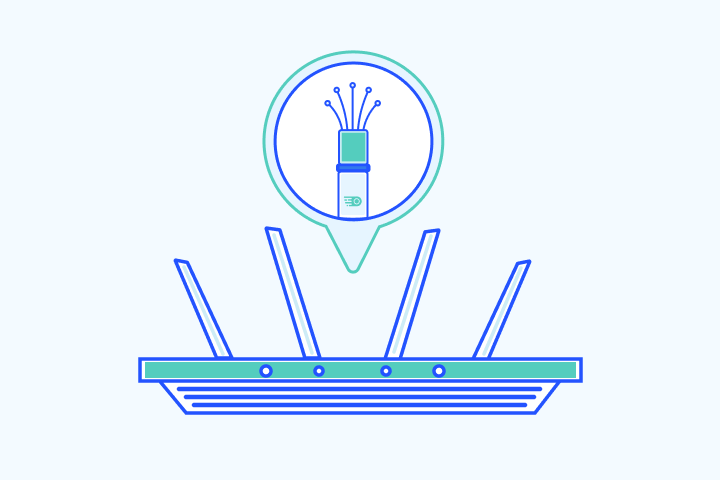EarthLink internet plans offer services in all 50 states and offer fiber speeds up to 5 Gbps. Internet plans are designed to provide the right products you need for your lifestyle at competitive prices.
- Internetchevron_right
- TV & Streamingchevron_right
- Providerschevron_right
- Resourceschevron_right
- GIVE OUR EXPERTS A CALLcall833-481-4463


